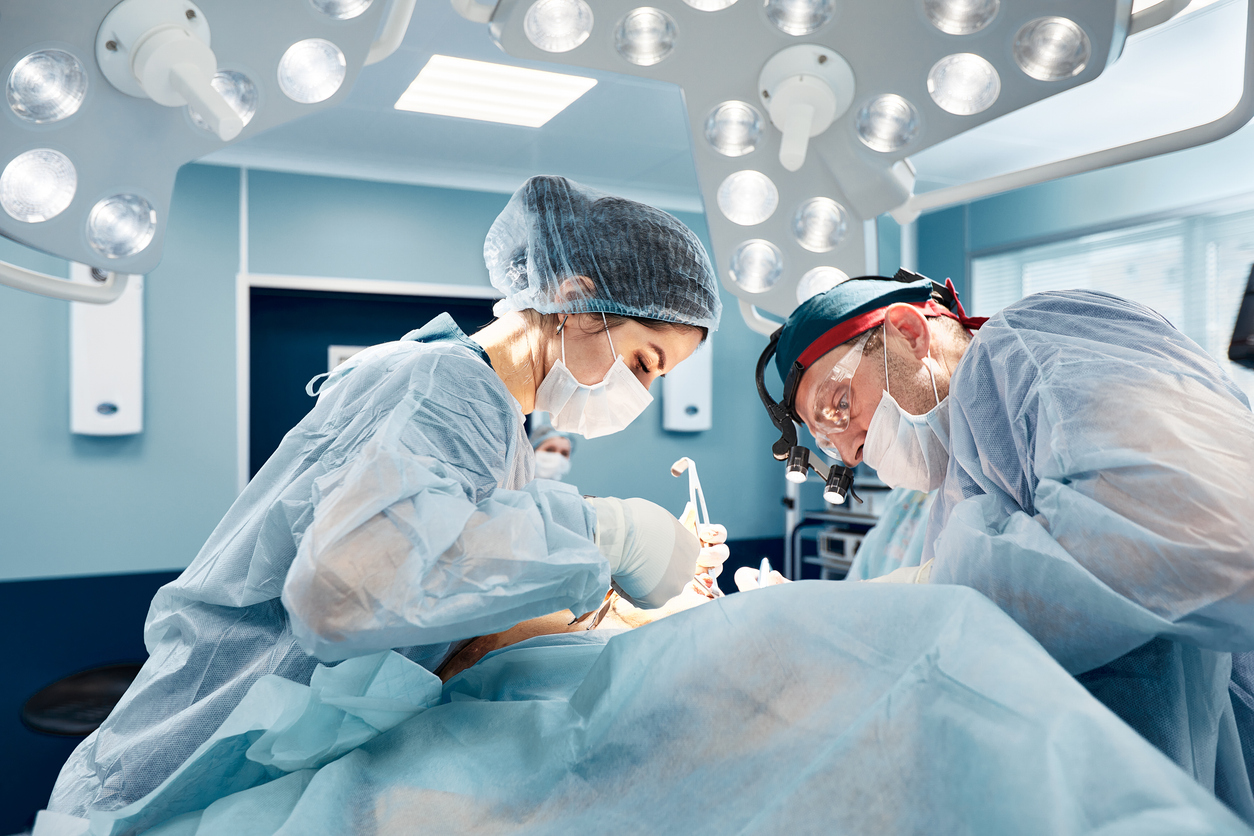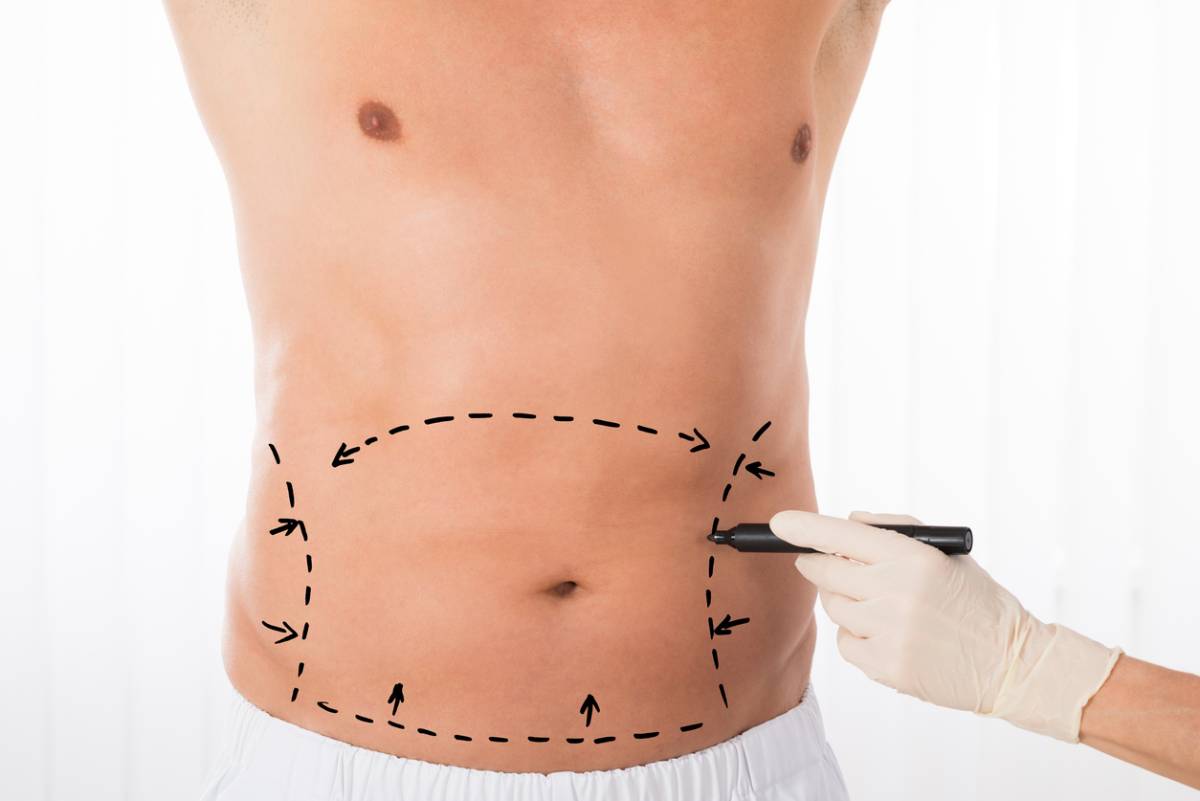Is Liposuction Painful?
In a world where one’s physical appearance is of utmost importance to a lot of people, it is unfortunate that not everyone has the body that they desire. The good news is that there is a popular option that people can take to help them achieve the body they want. Liposuction has the power to reshape and contour your body by removing excess fat deposits. However, despite its popularity, most patients still have some concerns about the procedure. Questions like “Is liposuction painful?”, “Is it safe?” are the most common ones to people considering the procedure. A top plastic surgeon in Beverly Hills can help you understand the procedure better, empowering you to make informed decisions.
What Is Liposuction?
Otherwise called as lipoplasty or body contouring, liposuction is a popular surgical procedure that removes extra fat from your body. Most of the patients who opt for liposuction are those who have already tried diet and exercise yet still cannot get rid of their body’s excess fats. It is important to note, however, that it is not a weight loss treatment and just like other surgical procedures, it involves risks and possible complications.
Is Liposuction Painful?
When it comes to pain, this is a highly subjective matter. It varies among patients and depends on different factors such as pain thresholds, the areas treated, and the methods employed in the liposuction procedure.
It is a good thing that modern advancements in the industry have allowed significant improvements when it comes to the comfort level experience of patients during and after the procedure. Anesthesia plays a huge role in this area. Depending on the areas being treated, the surgeon may use local anesthesia, which numbs the area being treated while the patient is kept awake, or general anesthesia, which renders the patient completely unconscious and pain-free during the procedure.
Because of the anesthesia employed during surgery, the procedure is pain-free. However, patients should be aware of the post-operative pain and discomfort.
Post-Operative Pain
After the anesthesia has worn off, the patient will start experiencing varying degrees of pain and discomfort, which are usually managed by prescription pain medications. Patients usually experience soreness and deep bruising around the areas that received treatment.
The first 2-3 days after the procedure is usually the period with the highest intensity of pain which is expected to slowly subside a week after the surgery. However, you have to remember that the recovery period will also vary from one patient to another.
One should be aware that although most patients go back to work after a few weeks, complete healing and the final results of the procedure take several months.
Talk to Your Surgeon
Be honest with your surgeon. Ask him about tailored liposuction options. Talk to him about your pain tolerance and other worries. This will help your surgeon in determining the right anesthesia and customize your pain management plan according to what is best for you and your circumstances.
What You Can Do To Manage Pain
- Take the prescribed pain medications
- Ensure that the drains are kept in place
- Remember to wear compression garments
- Keep yourself hydrated
- Avoid salty foods to prevent swelling
Things to Avoid
- Avoid working too hard during the recovery process
- Take as much rest as you can, especially during the first three days
- Light walks 24 hours after surgery can help with blood flow
Benefits of Liposuction
- As long as it is done by a licensed and skilled surgeon who is well-informed about your medical history, liposuction is a relatively safe procedure.
- Liposuction can permanently get rid of the fat cells in treatment areas.
- It can improve your body mass index and contribute to an overall healthier you.
- With a more contoured body shape, you will experience a boost in your self-confidence.
- It will improve your mobility.
- It will reduce health risks.
Risks Associated with the Procedure
- Puncture wounds or injuries to organs which will require surgical repair of the organs
- Scarring
- Complications from the anesthesia
- Burns and bruising
- Damage to the nerves
- Pulmonary embolism
- Shock
- Death
- Infections
- Edema
- Skin necrosis
- Heart problems
- Kidney problems
- Hematoma
- Bumpy or withered skin
- Temporary pockets of fluids under the skin
- Fat embolism
Discuss Your Needs and Concerns with a Licensed Surgeon
If you are seriously considering liposuction as a possible solution to your problem, it is natural to feel anxious about the procedure. That is why it is essential to find a licensed and skilled cosmetic surgeon that you can trust. Remember that aside from the health condition of your body, the skills and expertise of a licensed surgeon have a lot to do with the safety and success of the surgical procedure.
While liposuction has risks and possible complications, it also has a lot of benefits that will not only improve the way you look but also your health and the overall quality of your life in the long run. Schedule a consultation with a cosmetic surgeon today so you can ease your worries and empower yourself to make the decision that can change your life.








